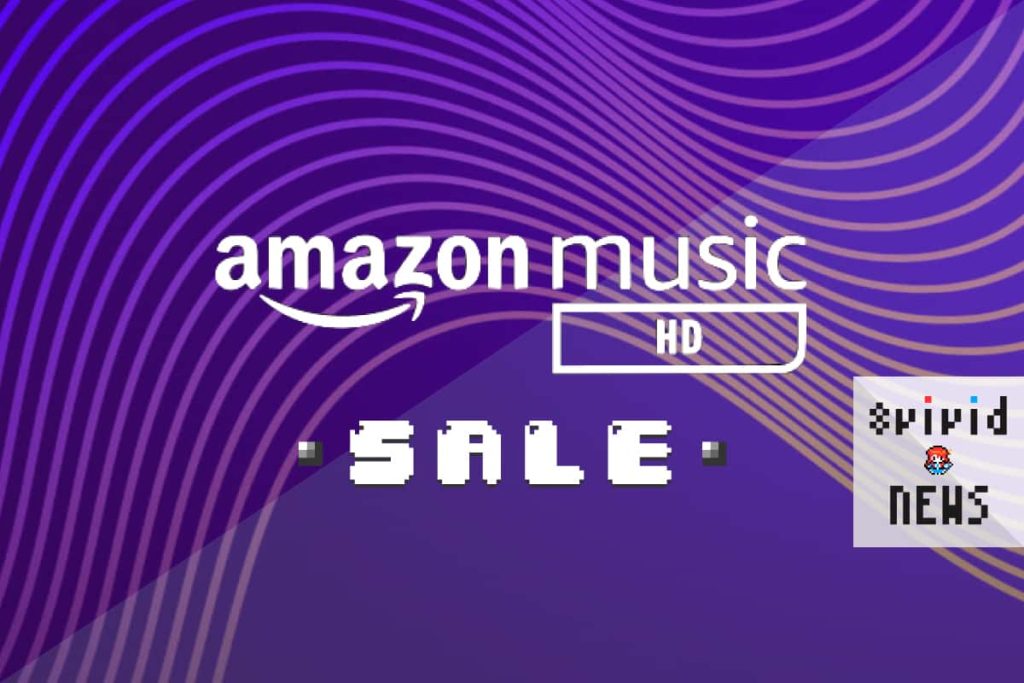

I’m pretty sure we’ll see more endpoints such as the Raspberry PI but for now this seems to be the only real option. So far, I guess that unlike you are willing to purchase new hifi equipment that has been specifically certified to work with Amazon’s API, you have to use their native Android and iOS Apps (Amazon Music) and hook your smartphone or tablet to your DAC. Competition is great for the marketplace and consumers and I totally support diversity.īut how do you get those stratospheric high-fidelity streams to your stereo system in an “untouched” aka non-resampled state? After all, Roon is limited to Tidal and Qobuz integration. It would be devastating if our streaming world would be dominated by an oligopoly. With such a tempting offer from Amazon, I hope competitors will follow suit and brush up their subscriptions more attractive to us audiophiles. Kudos to them for recognizing the needs of discerning audio gourmets. All in all, a VERY smart move from Amazon. Tidal doesn’t offer a dedicated high-res plan but has MQA material which is touted to be comparable to high resolution PCM audio. Now if we look at the competition, Qobuz currently charges 24,99 Euros for their “Studio” plan. But if you are on Amazon Prime, the cost drops to 12,99 Euros per month. How much does it cost? Well, if you’re living in a supported country (in my case Austria), you’d have to pay the equivalent of 14,99 Euros per month which I consider very reasonable. Some albums are only available in standard CD resolution. High definition by Amazon’s standard is no less than 24bit, 192kHz – if music sources are encoded at such a high bitrate that is. According to Amazon, they don’t just give youl ossless 16bit, 44.1 kHz material but the full high-resolution experience that costs a pretty penny for Qobuz and Tidal subscribers. Amazon has recently started its own music streaming subscription in “high definition”. Ladies and gentlemen, now we’ve got another player entering the lossless streaming business.


 0 kommentar(er)
0 kommentar(er)
